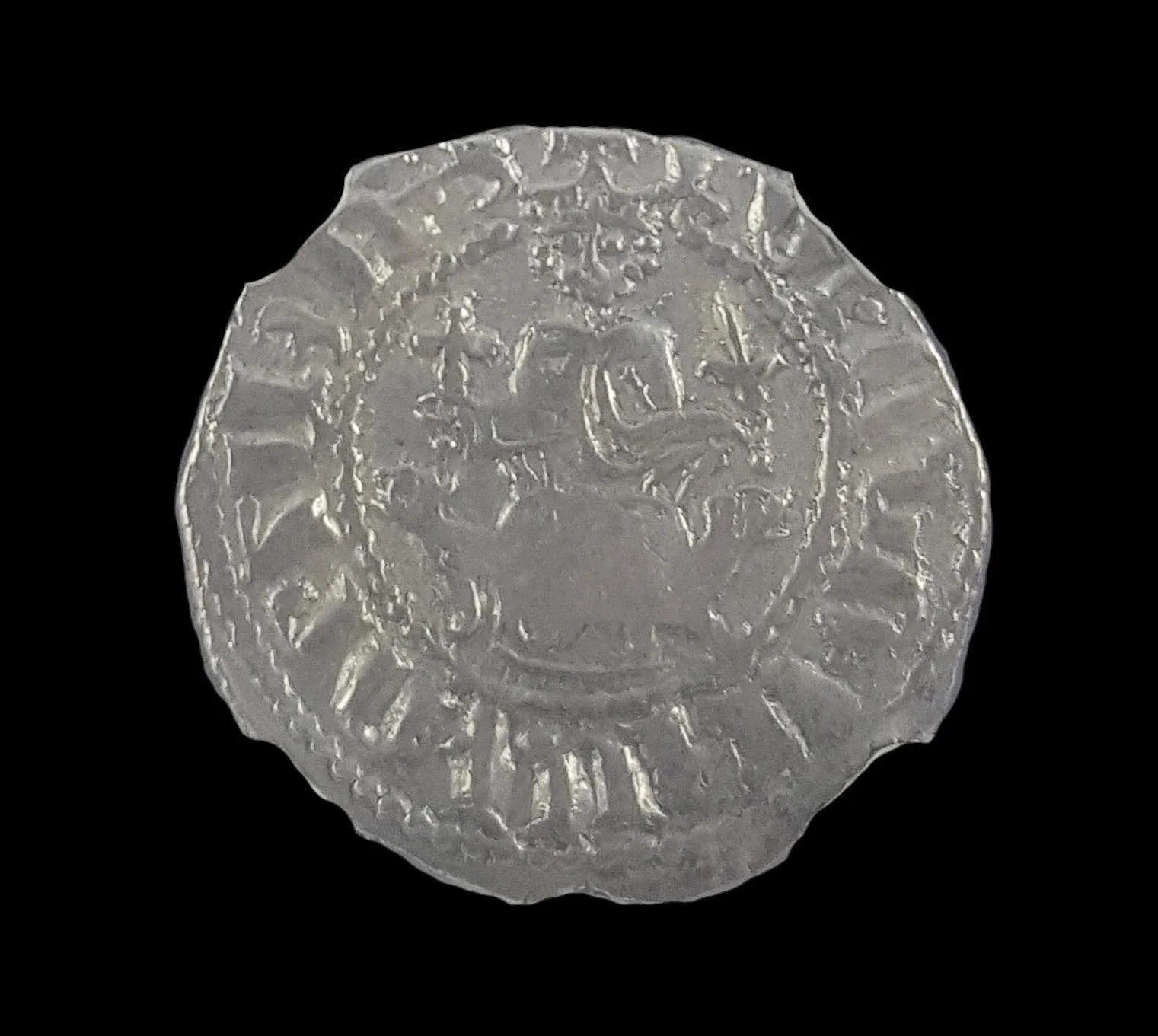 Image 1 of 2
Image 1 of 2

 Image 2 of 2
Image 2 of 2



Judaean Bronze Prutah of Alexander Jannaeus (about 2100 years ago)
This small bronze coin was issued during the reign of Alexander Jannaeus, the Hasmonean king who ruled Judaea as an independent kingdom. Often referred to as a "Widow's Mite" in Christian contexts, these humble bronze coins were used for everyday transactions in the markets of Jerusalem and throughout the Judaean kingdom.
Coin Description:
Front side: Likely features an anchor or star design (typical of Alexander Jannaeus coins)
Back side: Probably displays a wheel-like design or lily with Hebrew/Aramaic inscription
Technical Details:
Bronze composition, weighing 4.42 grams
Prutah denomination (basic bronze coin of Judaean currency)
Reference: Hendin-1150
Often called "Widow's Mite" in reference to biblical account
Date: 104-76 BCE
Historical Significance:
Alexander Jannaeus ruled the independent Hasmonean Kingdom of Judaea (roughly equivalent to modern Israel/Palestine) during its territorial peak. His coins often featured inscriptions in both Greek and Hebrew/Aramaic, reflecting the cultural tensions of the era. These small bronze coins gained lasting fame through the New Testament story of the poor widow who donated two small coins (mites) to the Temple treasury, demonstrating true sacrifice and devotion.
This small bronze coin was issued during the reign of Alexander Jannaeus, the Hasmonean king who ruled Judaea as an independent kingdom. Often referred to as a "Widow's Mite" in Christian contexts, these humble bronze coins were used for everyday transactions in the markets of Jerusalem and throughout the Judaean kingdom.
Coin Description:
Front side: Likely features an anchor or star design (typical of Alexander Jannaeus coins)
Back side: Probably displays a wheel-like design or lily with Hebrew/Aramaic inscription
Technical Details:
Bronze composition, weighing 4.42 grams
Prutah denomination (basic bronze coin of Judaean currency)
Reference: Hendin-1150
Often called "Widow's Mite" in reference to biblical account
Date: 104-76 BCE
Historical Significance:
Alexander Jannaeus ruled the independent Hasmonean Kingdom of Judaea (roughly equivalent to modern Israel/Palestine) during its territorial peak. His coins often featured inscriptions in both Greek and Hebrew/Aramaic, reflecting the cultural tensions of the era. These small bronze coins gained lasting fame through the New Testament story of the poor widow who donated two small coins (mites) to the Temple treasury, demonstrating true sacrifice and devotion.




















